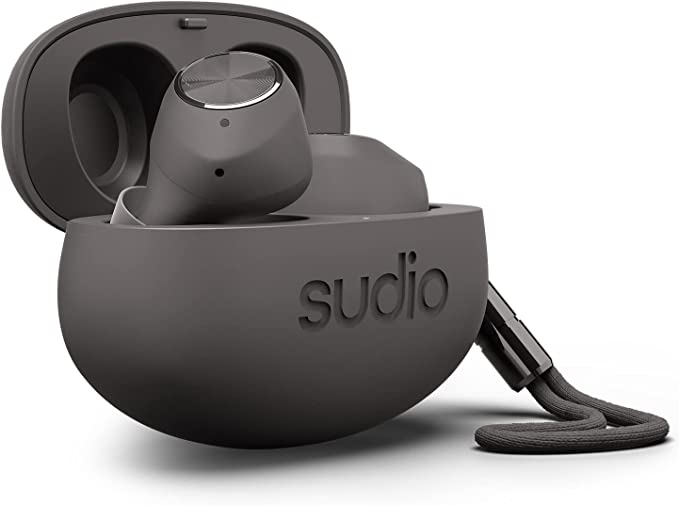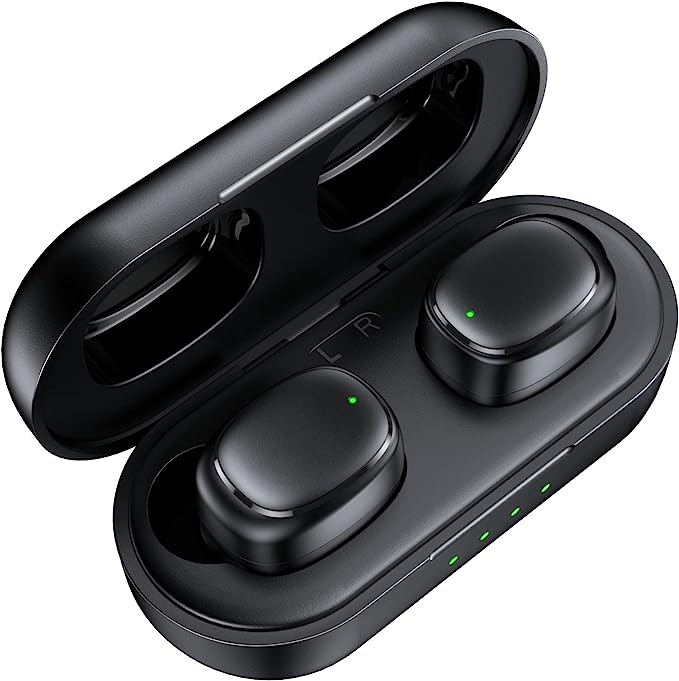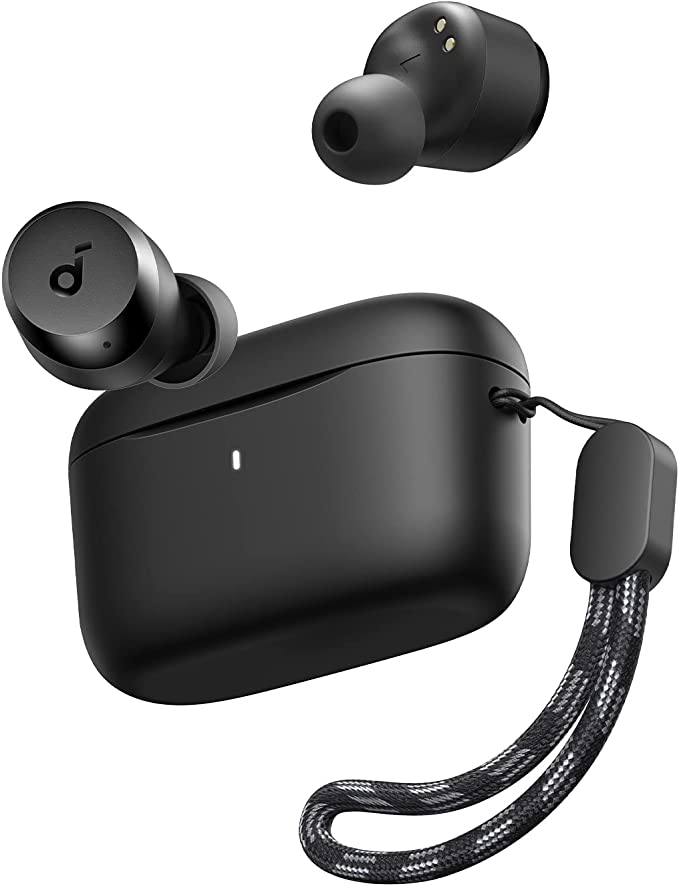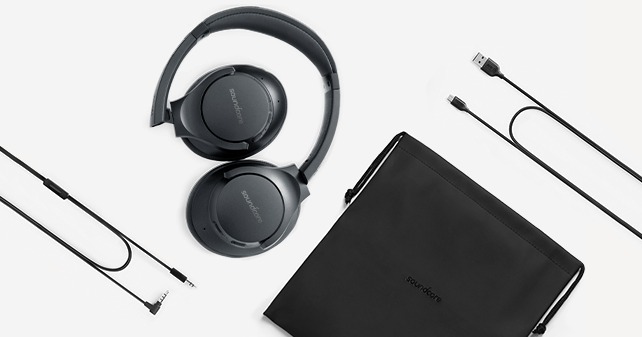Boss VE-5 Vocal Performer: Effects Explained & Performance Guide
Update on April 5, 2025, 7:19 a.m.
There’s a primal fascination with the human voice, our most intimate instrument. From the earliest humans discovering the resonant echoes of caves to the sophisticated digital manipulations of today, we’ve always sought ways to shape, enhance, and transform our vocal expressions. The naked voice carries immense power, but sometimes, it yearns for a different acoustic context, a touch of polish, or a complete creative metamorphosis. This is the captivating realm of vocal effects processing.
Imagine sound traveling through space – bouncing off surfaces, decaying over time, creating a sense of environment. Early recording engineers physically built echo chambers, large reverberant rooms, to capture this natural phenomenon. Later came mechanical marvels like spring and plate reverbs, ingenious devices using physical vibrations to mimic spaciousness. The digital revolution, fueled by advancements in Digital Signal Processing (DSP), brought these complex sonic manipulations into compact boxes, making them accessible beyond high-end studios. Why do we employ these tools? Sometimes it’s for subtle enhancement – adding a touch of reverb to make a voice sit more naturally in a mix. Other times, it’s corrective – gently nudging a pitch that’s slightly astray. And increasingly, it’s purely creative – layering harmonies, crafting rhythmic echoes, or morphing the voice into something entirely new.
In this landscape of sonic possibilities, devices emerge that attempt to bridge the gap between professional power and user-friendly accessibility. The Boss VE-5 Vocal Performer stands as an interesting case study – a compact, relatively affordable unit designed for singers, rappers, beatboxers, and webcasters. It inherits its sonic DNA from more professional units like the respected Boss VE-20, aiming to deliver quality effects without demanding deep technical expertise. Let’s journey through the capabilities of such a device, not merely as a product review, but as an exploration into the science, art, and application of fundamental vocal effects. By understanding the tools, we empower the voice.

Crafting Sonic Spaces: The Illusions of Reverb and Delay
Perhaps the most fundamental way we perceive sound in context is through reverberation and echo. These effects paint an auditory picture of the environment, real or imagined.
Reverb: Painting Environments with Sound
Close your eyes and imagine singing in a vast cathedral. Your voice doesn’t just travel outwards; it interacts with the immense space, bouncing off stone walls, pillars, and vaulted ceilings, creating a rich tapestry of reflections that decay slowly over time. Now imagine singing in a small, carpeted room – the reflections are much quicker, shorter, creating a sense of intimacy. This acoustic signature of a space is what Reverb effects aim to simulate.
The science behind natural reverb involves countless sound waves reflecting off surfaces. These reflections arrive at our ears at slightly different times and intensities. We perceive distinct early reflections, which give clues about the size and shape of the space, followed by a dense, decaying wash of later reflections, often called the reverb tail, which conveys the overall “liveness” and material composition of the room. Digital reverb algorithms are complex mathematical models designed to mimic these physical processes. Common types include:
- Hall Reverbs: Simulating large concert halls, characterized by long decay times and smooth tails, great for adding grandeur to ballads or orchestral pieces.
- Room Reverbs: Mimicking smaller spaces like living rooms or studios, offering shorter decay times and more distinct early reflections, useful for adding subtle ambience without washing out the sound.
- Plate Reverbs: An early artificial reverb technique using a large metal plate vibrated by a transducer. Known for a bright, dense sound, popular on vocals and drums in classic recordings.
A device like the VE-5, leveraging algorithms likely derived from its VE-20 predecessor, offers high-quality digital reverb. For a vocalist, this is invaluable. Adding subtle reverb can provide a professional polish, helping the voice blend smoothly with backing tracks or instruments. It creates a sense of space, preventing the voice from sounding unnaturally dry or disconnected. In a small cafe gig, a touch of room reverb might add warmth. For a soaring ballad, a longer hall reverb can create an epic atmosphere. The key is often subtlety; too much reverb can muddy the sound and push the vocal too far back in the mix. It’s about enhancing, not drowning.

Delay: The Echoes that Create Rhythm and Depth
While reverb simulates the dense reflections of a space, Delay deals with distinct, perceptible repetitions of the original sound – echoes. Think of shouting across a canyon and hearing your voice return a moment later. Digital delay effects work by recording the incoming audio signal into a memory buffer and then playing it back after a set amount of time (the delay time).
The magic of delay lies in its parameters:
- Delay Time: How long before the echo is heard. Short times create thickening or slapback effects; longer times create distinct rhythmic repeats.
- Feedback (or Repeats/Regeneration): How much of the delayed signal is fed back into the input of the delay line. Low feedback gives single echoes; high feedback creates multiple, decaying repeats. Extreme feedback can lead to self-oscillation, a sound effect in itself.
- Mix (or Level): Controls the balance between the original (dry) signal and the delayed (wet) signal.
Delay is an incredibly versatile tool. Short delays (30-150ms) with minimal feedback create a “slapback” echo, a classic sound used heavily in rockabilly and early rock ‘n’ roll to add punch and presence to vocals. Longer delay times, often synchronized to the tempo of the music, can create rhythmic patterns, making the voice itself a percussive element. Imagine a reggae singer whose last word in a phrase echoes rhythmically through the next bar. Modulated delays add pitch or filter variations to the echoes, creating lush chorus-like or tape-like effects.
The VE-5 includes delay capabilities, allowing performers to tap into these creative avenues. A beatboxer could use delay to add complex layers to their patterns. A singer-songwriter might employ a subtle delay to add atmospheric depth. It’s a tool that can range from subtle enhancement to a defining characteristic of a vocal sound.
Shaping Pitch and Presence: Harmony, Correction, and Texture
Beyond manipulating space and time, vocal effects often delve into the very fabric of the voice: its pitch and timbre.
Intelligent Harmony & Doubling: More Than Just Your Voice
Ever wished you had instant backup singers? Or perhaps just a slightly thicker, more commanding vocal presence? That’s where Harmony and Doubling effects come in. Both rely on the core technology of pitch shifting – digitally altering the pitch of the incoming vocal signal.
- Doubling: This is often the simpler of the two. It creates a copy (or copies) of the original vocal, slightly detunes it (by a few cents – a cent is 1/100th of a semitone), and often delays it by a tiny amount (milliseconds). Our brain perceives these slight variations not as separate voices, but as a single, richer, fuller sound. This thickening effect is based partly on the Haas Effect in psychoacoustics, where very short delays can influence our perception of a sound’s width and presence. It’s a common studio trick now available in compact processors.
- Harmony: This is more sophisticated. Instead of just detuning, it shifts the pitch of the copied vocal(s) by specific musical intervals (like a major third, perfect fifth, etc.) to create harmonies. Basic harmonizers require the user to manually set the key and harmony interval. More advanced “intelligent” harmonizers attempt to analyze the incoming vocal melody (and sometimes an accompanying instrument signal via the Aux input) to automatically determine the correct musical key and generate appropriate harmony notes.
The challenge in pitch shifting, especially for harmony, is maintaining a natural vocal quality. Simply shifting the pitch can result in a “chipmunk” (shifting up) or “Darth Vader” (shifting down) effect. This is because the resonant frequencies of the human vocal tract, called formants, which largely define the vowel sounds and timbre, are also shifted along with the fundamental pitch. Good pitch-shifting algorithms employ complex techniques, often involving formant preservation, to shift the pitch while trying to maintain the original vocal character.
The VE-5 offers a Double/Harmony function. For a solo performer, the ability to instantly add a harmony vocal can dramatically enrich their sound, turning a simple melody line into a full arrangement. Doubling can give a lead vocal more weight and authority. The quality and intelligence of the harmony function (e.g., how well it tracks the key) are crucial factors in its usability. While the specifics of the VE-5’s algorithm aren’t detailed in the source material, its heritage from the VE-20 suggests a capable implementation for its class.
Pitch Correction: The Tightrope Walk of Tuning
Perhaps one of the most discussed (and sometimes controversial) vocal effects is Pitch Correction. Its goal is simple: detect the incoming pitch of a vocal note and, if it deviates from the nearest “correct” note in a musical scale, shift it accurately onto that target pitch in real-time.
The technology, popularized by Antares Auto-Tune in the late 90s, works by rapidly analyzing the frequency of the incoming audio signal, comparing it to the notes of a selected scale (usually the chromatic scale, containing all 12 semitones), and then resampling the audio to shift it to the target frequency. The speed and intensity of this correction are key parameters.
Used subtly, pitch correction can be an invaluable tool for polishing a performance, tightening up slight pitch variations that might be almost imperceptible but collectively detract from the overall quality. It can provide a safety net for singers, especially in demanding live situations. However, when the correction speed is set very fast and the intensity is high, it strips away the natural micro-variations and pitch transitions (portamento) inherent in human singing. This results in the characteristic “hard-tune” or “Auto-Tune effect” – stepped, almost robotic pitch jumps – which became a defining sound of late 90s/early 2000s pop, R&B, and hip-hop, and continues to be used as a deliberate creative effect.
The VE-5 includes a Pitch Correct function. This gives performers a choice: use it gently as an invisible helper to maintain intonation, or push it harder to achieve that iconic, synthesized vocal sound. It’s a powerful tool, but one that requires careful consideration. Over-reliance can become a crutch, hindering vocal development, and the hard-tune effect, while popular, might not suit all musical styles.
Dynamics & Tone/SFX: Controlling and Coloring the Sound
Rounding out the essential toolkit are effects that control the volume envelope and overall tonal character of the voice.
- Dynamics: This category typically encompasses Compression and Gating.
- Compression: Imagine a vigilant volume knob that automatically turns down louder parts and potentially turns up quieter parts. That’s essentially what a compressor does. It reduces the dynamic range (the difference between the loudest and quietest parts) of the signal. This helps to even out a vocal performance, making it sit more consistently in a mix, increasing perceived loudness, and preventing sudden peaks from overloading equipment. Key parameters include the Threshold (level above which compression starts) and Ratio (how much the level is reduced).
- Gating (Noise Gate): This acts like an automatic mute switch. It allows signal to pass only when it exceeds a certain volume threshold. Below that threshold, it significantly reduces or cuts off the signal. This is useful for reducing background noise or microphone bleed during pauses in singing.
- Tone/SFX:
- Tone Shaping: This usually refers to Equalization (EQ) – boosting or cutting specific frequencies to alter the tonal balance. For example, adding a bit of high-frequency “air” for clarity or cutting muddy low-mid frequencies.
- Special Effects (SFX): This is a catch-all for more dramatic sound-altering effects. The VE-5 mentions Distortion (adding harmonic overtones for a gritty or fuzzy sound), Radio Voice (filtering the sound to mimic an old radio broadcast), and Strobe (likely a rhythmic gating or stuttering effect). These are tools for creative expression, allowing vocalists to momentarily step outside a natural sound for impact.
The VE-5’s Dynamics function helps vocalists achieve a more controlled and professional sound, crucial for cutting through a band mix or ensuring clear podcast audio. The Tone/SFX options provide avenues for sonic experimentation, adding unique character or effects for specific sections of a song or performance.
The Creative Canvas: Unlocking Potential with the Phrase Looper
Beyond refining the existing voice, modern effects processors often include tools for building sound from the ground up, layer by layer. The Phrase Looper is a prime example, transforming a vocal effects unit into a powerful compositional and performance instrument.
The concept of looping isn’t new. Composers experimented with tape loops in the mid-20th century, physically splicing sections of magnetic tape to create repeating patterns. Digital technology made this process vastly more accessible and flexible. A digital looper records incoming audio into a memory buffer. Once the recording is stopped, it can instantly play back that recorded phrase in a continuous loop. The real magic often comes with overdubbing: the ability to record new layers of audio on top of the existing loop without erasing the previous ones.
The VE-5 incorporates a built-in Phrase Looper. For a vocalist, this opens up a universe of creative possibilities in real-time:
- Layered Harmonies: Sing a melody line, loop it, then sing a harmony part over the top, loop that, and continue building complex vocal arrangements single-handedly.
- Beatboxing Grooves: Record a kick drum sound, loop it, add a snare sound, loop it, add a hi-hat pattern – building intricate rhythmic foundations using only the voice.
- Song Sketching: Quickly capture melodic or rhythmic ideas, loop them, and experiment with different variations or accompanying parts.
- Practice Tool: Record a difficult passage and loop it for focused practice, or record accompaniment patterns to sing over.
- Live Performance Dynamics: Build up a vocal arrangement live, creating surprise and engaging the audience in the creation process.
While the specifics of the VE-5 looper (like maximum loop time or number of overdubs) aren’t provided in the source material, its mere presence significantly expands the unit’s creative potential beyond simple effects processing. It empowers solo performers and offers a unique avenue for vocal exploration.
The Performer’s Companion: Design, Usability, and Connectivity
A powerful effects engine is only truly useful if it’s designed to be controlled effectively, especially in the heat of a performance. The VE-5 incorporates several design features aimed at the performing vocalist.
- Designed for Interaction: In live situations, complex menus are often impractical. The VE-5 emphasizes easy one-touch operation and a Favorite Sound function, allowing users to store and instantly recall their preferred effect combinations. This immediacy is crucial on stage. Its physical design is also noteworthy: compact and lightweight, it can sit on a tabletop or, significantly, be mounted directly onto a standard microphone stand using the included mount. This puts the controls within easy reach for a standing singer, eliminating the need to bend down or occupy valuable floor space. The built-in microphone offers instant gratification, allowing for quick practice or experimentation without needing to connect an external mic – though for serious performance or recording, an external microphone via the XLR input is recommended for superior sound quality.
- Powering Performance: The option for battery operation (4xAA) is a major boon for portability, making the VE-5 genuinely suitable for street performance (busking) or situations where AC power is unavailable or inconvenient. The requirement for Alkaline batteries is noted, suggesting power consumption might be significant. An optional AC adapter provides a reliable power source for stage or studio use.
- Getting Signals In and Out: Connectivity is key. The Auxiliary input (likely a 3.5mm stereo jack, though specified only as ‘Aux input’) allows performers to connect phones, MP3 players, or other devices to play backing tracks or practice music directly through the unit (and potentially its headphone output). For output, the primary professional connection is the XLR output. Based on typical designs in this class and user comments, this is most likely a single balanced mono output. A balanced connection uses three conductors to transmit the audio signal, significantly reducing noise and interference pickup, especially over longer cable runs common on stages – a distinct advantage over unbalanced connections. Being mono means it sends a single channel of audio; connecting this to a stereo input on a mixer might result in sound only coming from one speaker unless panned centrally. The specification also mentions a “1/4-inch Audio” hardware interface, likely referring to an additional output option (perhaps unbalanced mono) or potentially the footswitch input. The documentation notes “Footswitchable Controls”, implying that certain functions (like switching presets or controlling the looper) can be operated hands-free using an external footswitch (usually sold separately), which is vital for many performers. Lastly, the ambiguous “Signal Format: Analog” specification likely refers to the nature of the primary audio inputs and outputs being analog, while the internal effects processing itself is undoubtedly digital (DSP-based).
These design choices reflect an understanding of the practical needs of performers, emphasizing ease of use, portability, and essential connectivity.

Conclusion: Understanding the Tools, Empowering the Voice
The Boss VE-5 Vocal Performer, born from a lineage of professional audio gear, represents an effort to distill essential vocal processing tools into an accessible, portable format. It offers a palette of effects – from the spatial illusions of Reverb and Delay, to the pitch manipulations of Harmony and Correction, the dynamic control, and the creative engine of the Phrase Looper. Its design prioritizes usability for performers outside of traditional studio environments.
However, exploring a device like the VE-5 teaches us more than just its specific features. It highlights the fundamental ways sound can be shaped and manipulated. Understanding how reverb simulates space, why delay creates rhythm, the principles behind pitch shifting, and the creative freedom offered by looping empowers vocalists far beyond the capabilities of any single box. Technology like this democratizes tools once reserved for professional studios, placing creative power directly into the hands of singers, beatboxers, and creators everywhere. The ultimate value lies not just in the hardware itself, but in the knowledge and understanding of the sonic tools it provides – tools that, when wielded with skill and artistry, truly allow the human voice to transcend its natural limitations and achieve new levels of expression.



































